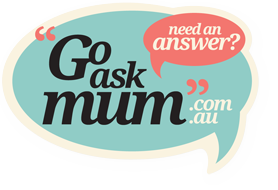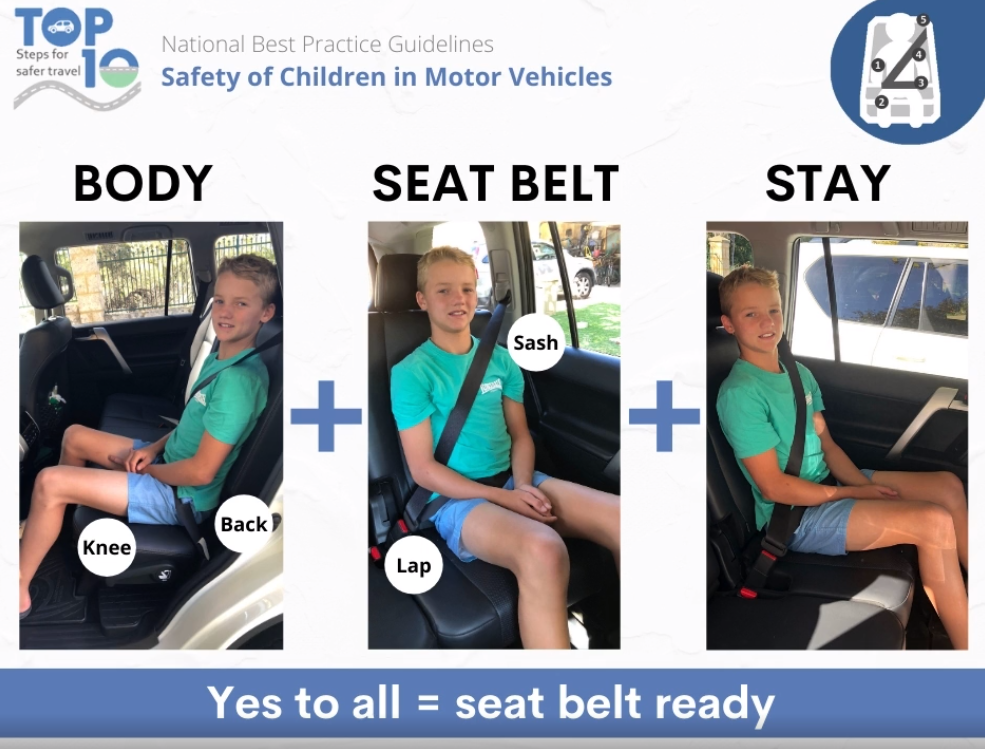New Child Restraint Guidelines Released – Here Are 5 Big Changes Parents Need to Be Aware of
Kidsafe Australia and NeuRA – Neuroscience Research Australia have released the updated best practice guidelines for the safe restraint of children travelling in motor vehicles, including five new safety guidelines parents need to be aware of.
The guidelines provide parents, carers, and road safety practitioners with clear advice on the best use of child restraints and seatbelts, in order to minimise the risk of injury in the event of a crash.
The five major changes to the guidelines are:
New guidelines for small and pre-term infants: Infants weighing less than 2.5kg should use rear-facing restraints designed for low-birth-weight babies. Parents should also limit the time premature infants spend in restraints and observe them to minimise the risk of apnoea.
Taxis and other vehicles: Children should use their recommended restraint in private hire cars and rideshare services.
Seating posture: The new guidelines remind parents to ensure children are sitting in an upright position when travelling.
Integrated restraints: Children up to the age of eight years old should use a high back booster seat. Integrated boosters are suitable for children over the age of eight years if they are adjacent to a curtain airbag.
Booster to adult belt transition: Guidelines recommend parents use the five-step test to determine if their child is big enough to use an adult seat belt in each car they travel in as height is no longer a sufficient guide.
Here is the five-step test so you can check to see if your child is ready to move on from the booster seat.
- Back: Make sure their back is firmly against the seat back.
- Knees: They should be able to bend comfortably over the front of the seat.
- Lap belt: This should sit low across the top of their thighs.
- Sash belt: This should sit across the middle of the shoulder.
- Stay: Can your child stay in this position for the whole car trip?
You can learn more about the best practices for child restraints at Kidsafe here, and NeuRA here.
Image source: Kidsafe












I personally do not like the way babyseats etc are fitted to the “bodywork” of the car. The “belt / strap is difficult to do up rally tight enough that it won’t move like it does now. It is made of plastic or something similar and doesn’t fit as tight as it should. The ones they had years ago that linked into a “bolt” and the babyseat had a metal bracket / plate once clipped up it held the seat in tightly. I have seen a car that was completely crushed and the baby in her Britax babyseat had no injuries at all. She was xrayed “from head to toe”. She only had some faint bruises from the belt. Britax make several brands of Babyseats, capsules, booster seats etc